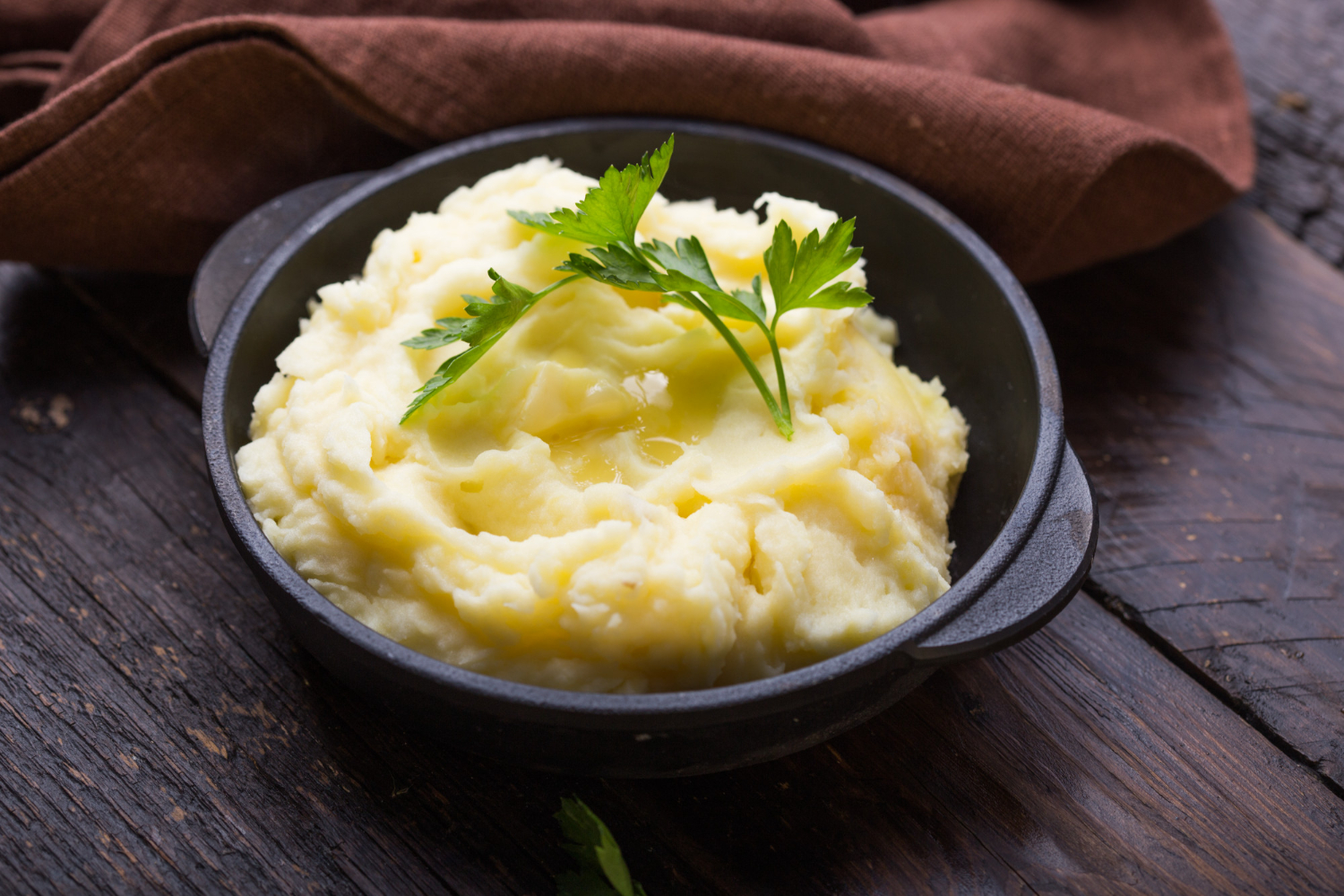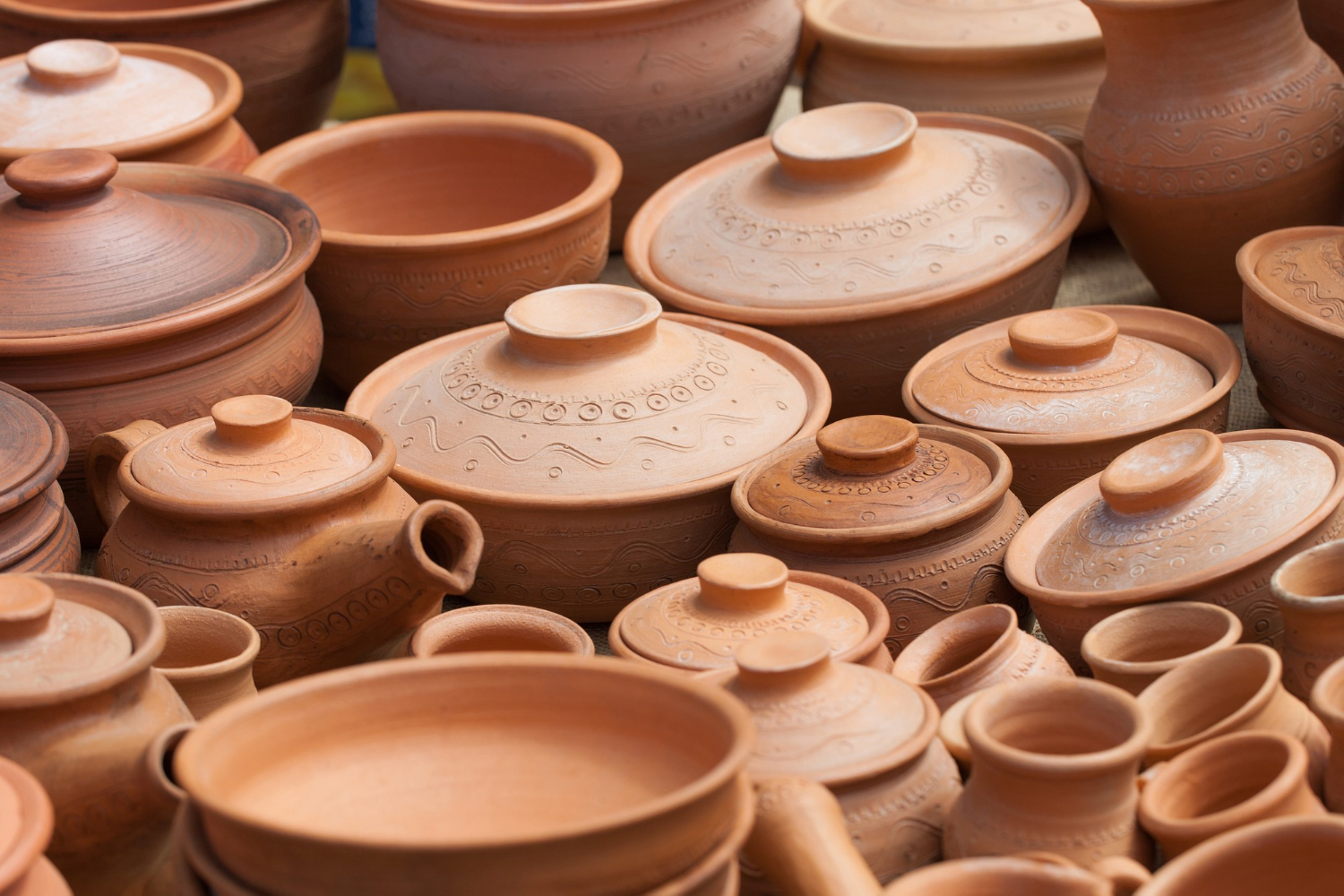Baking bread requires a pan wherein you can place your bread during the baking process. With the rise of cooking methods in improving the quality of your baking bread, you will encounter specific materials that can do this method efficiently. For example, artisan bread may use steam-injected ovens to introduce moisture to the bread. This will result in crispy bread on the outside but still retained its water and sweet flour-sugar taste.
You can create your artisan bread without purchasing thousand dollars’ worth of baking equipment—and it’s all because of the Dutch oven. Substituting Dutch oven as the pan for your dough will make the same effect produced by steam-injected ranges. This is because this cookware is tight enough to trap moisture that can be released rapidly when baking without a seal.
Is Stoneware Better for Baking?
A Dutch oven is commonly made with cast iron, although ceramic-type and stoneware variants can also be used. Stoneware Dutch ovens are made with enamel-coated ceramic that can withstand temperatures inside a highly heated oven. It also costs smaller compared to the actual cast iron variant. The known stoneware variants are those made by Le Creuset. This known manufacturer supplies the best ceramic and stoneware for cooking and baking.
What is a cast iron?

While cast iron pots and lids are commonly for cooking methods like stewing, deep-frying, braising, and broiling—you can utilize this cookware as a form of bakeware. Cast iron is dependable bakeware since it can surpass high temperatures. This cookware can last for years and has a melting point of 2000°C (3632°F). Its immense heat resistance is a suitable vessel for baked products.
The only downfall of cast iron is the surface itself. Unseasoned cast iron is not recommended for use since it will stick the dough to its actual surface area. While pre-seasoned cast irons are available in the market, it will still require tedious hours of re-seasoning the iron pots and lids to reformulate its patina. The black gloss or patina can only be produced through continuous and proper seasoning techniques.
If treated and prepared well, cast iron Dutch ovens are highly recommended for their durability and immense heat resistance. However, the two primary downfalls for this product are (1) it will cost thousands of dollars, and (2) the time required to re-seasoned the Dutch oven before reusing.
What is stoneware?
If you want bakeware with minimal cost, you may consider using stoneware variants. This type of bakeware is commonly handcrafted—which means that every piece is single-handedly crafted. It also uses sustainable materials such as clay and enamel, which drastically reduces its overall cost. For example, you can buy up to ten pieces of Le Creuset ceramic Dutch Oven with the price of a standard cast iron Dutch oven.
Another fantastic benefit of purchasing stoneware is its appealing appearance. It might come available in bright colors, which means it can add a pop of color to your table if you decided to serve it through your dining table, compared to the rustic appeal of black cast iron. Also, stoneware is ideal for creating pastries that use acidic materials such as citrus fruits, buttermilk, and yogurt. Using citric food in your cast iron pot will create a reaction to your food’s metallic taste residue.
Cast iron is a reactive metal, which means that iron particles will strip off their skin if prepared with acidic materials. While this iron residue is harmless, the metallic taste will change the flavor of your food—reducing the supposed flavors of your citric food. Aside from its non-reactive properties, enamel-coated stoneware will produce properties that can prevent itself from chipping and scratching.
Can I Use Stoneware Instead of Cast Iron for Baking?
Ideally, a Dutch oven made with cast iron is recommended for baking. However, suppose you are baking meals that contain acidic foods like tomatoes, lemon, oranges, and yogurt. In that case, you may consider using stoneware variants. The only downfall of stoneware is its lower heat resistance compared to cast iron.
Stoneware can also break easily if submerged on thermal shock, a condition wherein the baking vessel is rapidly transported from a cold area to a warm place. This is also known as a “stove-to-freezer” method. While this method will stop the cooking process of the food by reducing its temperature—you need to do this with vessels that can withstand abrupt temperature changes.
With this in hand, there is a high possibility that your stoneware cracks or disfigure while it is inside the oven with the following conditions:
- If you placed your batter inside the fridge or freezer, it would cool down the pan’s surface. This will result in a sudden temperature change once it is placed inside the heat source.
- If you preheat the oven, you can ruin your stoneware rapidly. This is because it will submerge the bakeware on a sudden temperature change, causing the stoneware’s molecules to move away from its solid structure. This chemical reaction will produce a gap on the pan’s surface—causing it to shatter.
- If you use stoneware that is not oven-safe, it will immediately shatter. Not all ceramics can be placed inside the oven—despite it have indicators that it is microwave safe. Cooking your food inside the oven is different from the microwave—which gives a clearer sense. At the same time, microwave-safe ceramics doesn’t equate to oven-safe, too.
Is Stoneware Good for Baking Bread?
While stoneware has minimal heat resistance, you can still use this vessel for baking bread. Since the early times, stone pans have been a staple vessel to prepare baked products like pizzas, sandwich loaves, baguettes, and brick dough. Baking your bread with stoneware pans and pots will result in a crusty and crispy exterior with the right amount of moisture inside.
Suppose you are using a Dutch oven type of stoneware for your baking needs. In that case, it will result in a moist, chewy bread that resembles artisan bread made inside a steam-injected oven. Just make sure to check the temperature limit of your stoneware to prevent cracking and breaking your precious bakeware.

